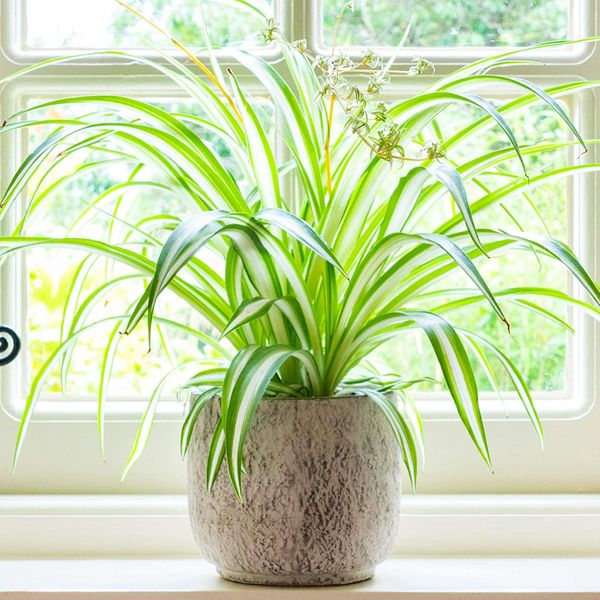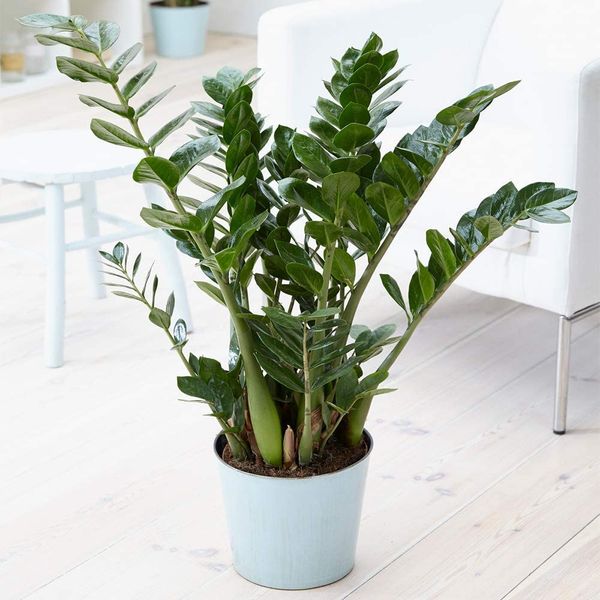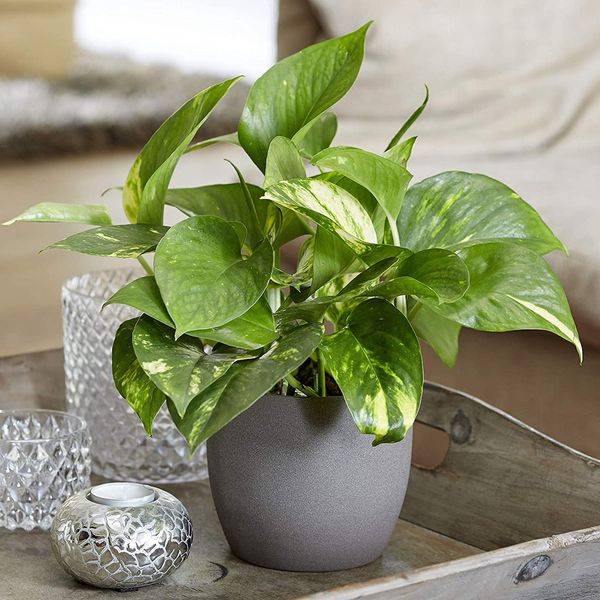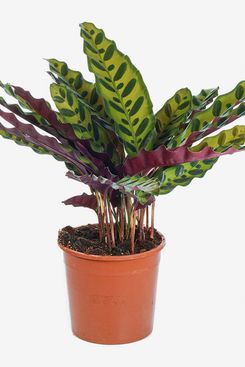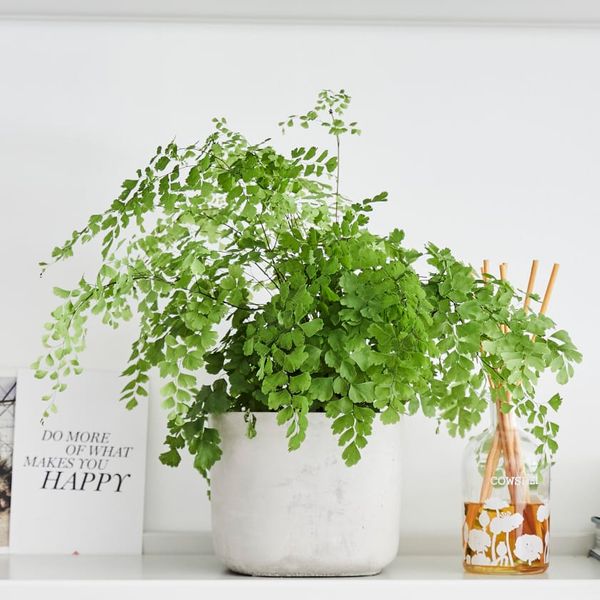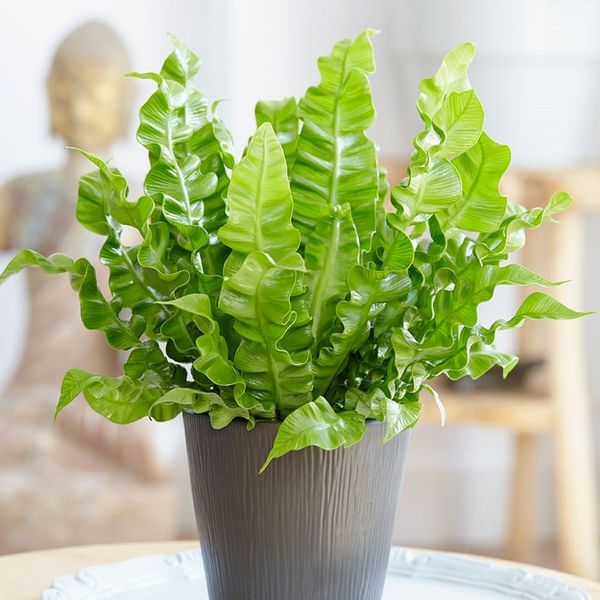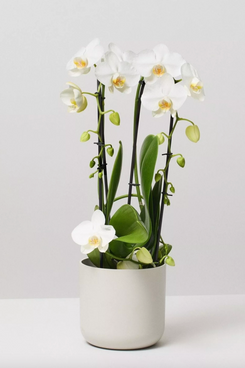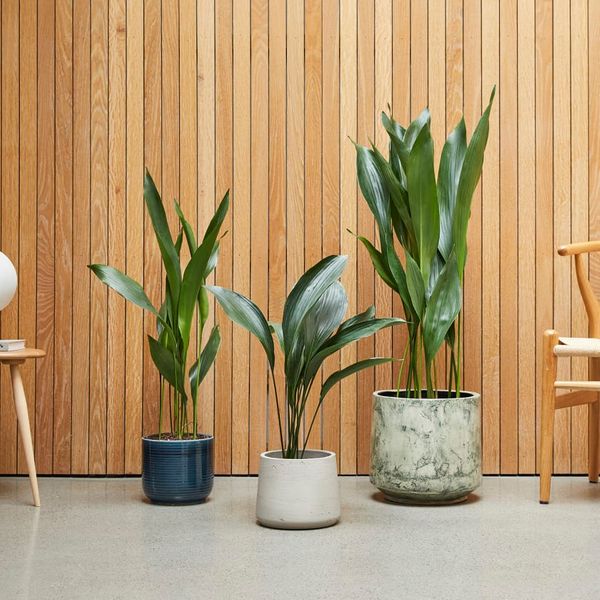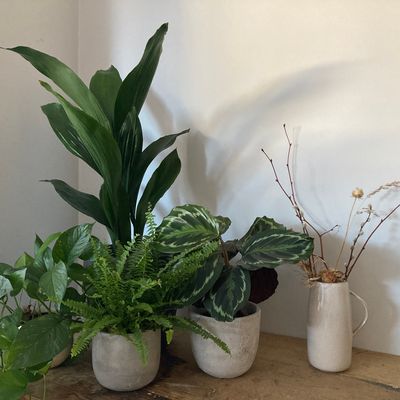
Although I can’t say winter is my favourite season, there is something about those fleeting, often-golden rays of winter sunlight and the lengthening shadows they promote that inspires a hibernation-led obsession with shade and those plants that thrive within it.
Walking around our house at this time of year, we find that the natural light through the French doors and windows is noticeably lower, and the boundaries between light and dark (at their sharpest in high summer) begin to blur and linger throughout the shortening days. By noon on the winter solstice (21 December this year), those shadows are at their longest, and although I’m a sun worshipper by nature, I’m going with it — as are the shade-loving plants strategically placed around our abode. Shade-loving plants can often feel like the second tier of the plant world, the ones that didn’t make it to the top or receive the brightest blooms. I see them as stalwart survivors complete with an armoury of genius adaptations that have allowed them to colonise forest floors, huddle under rocks, and, more recently, become a mainstay of our urban spaces, gardens, and homes.
The best houseplants for semi-shade
Many popular houseplants prefer four-to-six hours of bright, filtered light of the type that streams through rainforest tree canopies or east-facing windows. But you may be surprised to know that some purportedly sun-loving plants are actually rather flexible. Mainstays such as spider plants (Chlorophytum comosum), ZZ plants (Zamioculcas zamiifolia), golden pothos (Epipremnum aureum), Swiss-cheese plants (Monstera deliciosa), Kentia palms (Howea forsteriana), peace lilies (Spathiphyllum wallisii), rubber plants (Ficus elastica), heartleaf philodendrons (Philodendron scandens), and many bromeliads (Bromeliads spp.) can also tolerate semi-shade. This means that if you position them in the central or far portion of a room, near north-facing windows, or in places that get shadier in autumn and winter, they’ll offer low-maintenance lushness to areas that get only two-to-four hours of indirect sun year-round.
The best plants for full shade
Then there are the plants that actively prefer low light. These are the understory dwellers (those that grow on the forest floor and thus under canopies of taller plants), such as the beautifully variegated rattlesnake plant (Calathea lancifolia) and prayer plant (Maranta leuconeura) — both of which need shade to accentuate their markings; the soft, fan-leaved Delta maidenhair fern (Adiantum raddianum); the stripy, succulent-leaved, and resilient snake plant (Sansevieria trifasciata); the Chinese evergreen (Aglaonema maria); and the delicate nerve plant (Fittonia albivenis).
A recent trip to the rain-forest biome of the Eden Project in Cornwall encouraged me to look up at shade-loving epiphytes (plants that grow on trees or rocks, drawing nutrients and moisture from the air and rain rather than the soil), such as bird’s nest (Asplenium nidus) and staghorn ferns (Platycerium bifurcatum) nestled among the branches of taller specimens. The moth orchid (Phalaenopsis spp.) is another epiphytic plant that does well in low light, punctuating darker rooms with long-lasting, elegant blooms in shades of pink (my favourite), purple, salmon, white (ideal for minimal spaces), or yellow, stemming from glossy dark-green leaves.
The best plant for dark corners
What, then, for the deepest, darkest corners? The plants relegated to the back of a dimly lit lounge or specially enlisted to brighten shadowy shelves or windowless hallways with their verdant or shiny foliage? Enter the cast-iron plant (Aspidistra elatior), popularised by the Victorians for its resistance to the shortfall of gloomy, gaslit rooms (and name-checked in George Orwell’s satirical portrait of middle-class living, Keep the Aspidistra Flying, from 1936). It likes a well-draining, spacious pot to avoid waterlogging and accommodate its relatively large rootball, and it will weather even the shadiest of rooms.
The Strategist UK is designed to surface the most useful, expert recommendations for things to buy across the vast e-commerce landscape. Read about who we are and what we do here. Our editors update links when possible, but note that deals can expire and all prices are subject to change.
